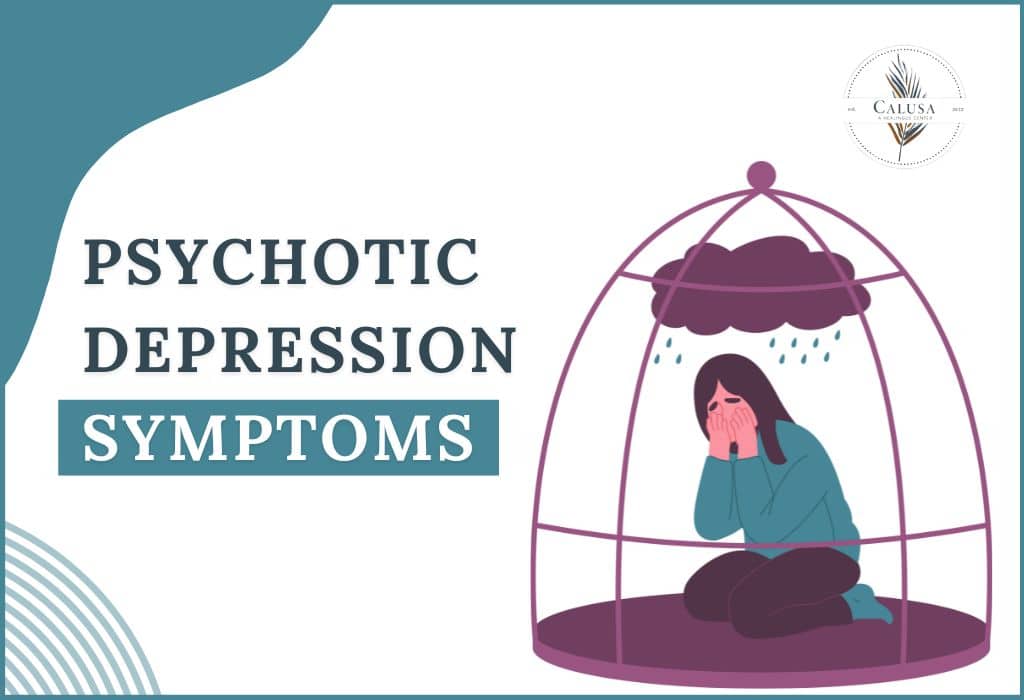
In recent times, there has been a growing awareness of the complex dynamics that exist in relationships. Two intriguing psychological phenomena, codependency and psychosis, have drawn significant attention from mental health professionals and the public alike. In this article, we will delve into these concepts to provide a comprehensive understanding of their implications.
Firstly, let us explore codependency. This term refers to an excessive emotional or psychological reliance on another person in a relationship. Codependent relationships can occur in various contexts, including romantic partnerships, friendships, and even family ties. While some degree of interdependence is natural and healthy in any relationship, codependency goes beyond that.
Codependent relationships are characterized by an unhealthy level of enmeshment between individuals. This can lead to a loss of personal identity and autonomy for one or both partners. Moreover, it can create an environment conducive to the development of shared delusional beliefs due to the isolation from external reality.
Now, let us turn our attention to psychosis. This condition is characterized by a disconnection from reality, manifesting in symptoms such as hallucinations and delusions. Psychotic depression is a severe form of depression that combines both depressive symptoms and psychosis.
It's important to note that codependency does not only occur in romantic relationships. It can also be present in friendships and family dynamics. Identifying codependency can help individuals take steps to untangle themselves from the dynamic or rewire the relationship for a healthier outcome.
Moving on, folie à deux is a rare psychiatric syndrome where delusional beliefs are transmitted from one individual to another in a close relationship. This disorder was first described by French psychiatrists Charles Lasègue Jules and Falret in 1877. It typically occurs when one partner, often considered dominant, influences the beliefs and perceptions of the other.
Codependent relationships can create an environment for the development of shared delusional beliefs due to enmeshment and isolation from external reality. Treatment for codependency-linked folie à deux involves separating individuals to break the reinforcing cycle of delusions and addressing underlying psychological issues.
In conclusion, understanding codependency and psychosis is crucial for maintaining healthy relationships and promoting mental wellbeing. By recognizing the signs of these conditions, we can take proactive steps towards fostering healthier dynamics in our personal connections.



